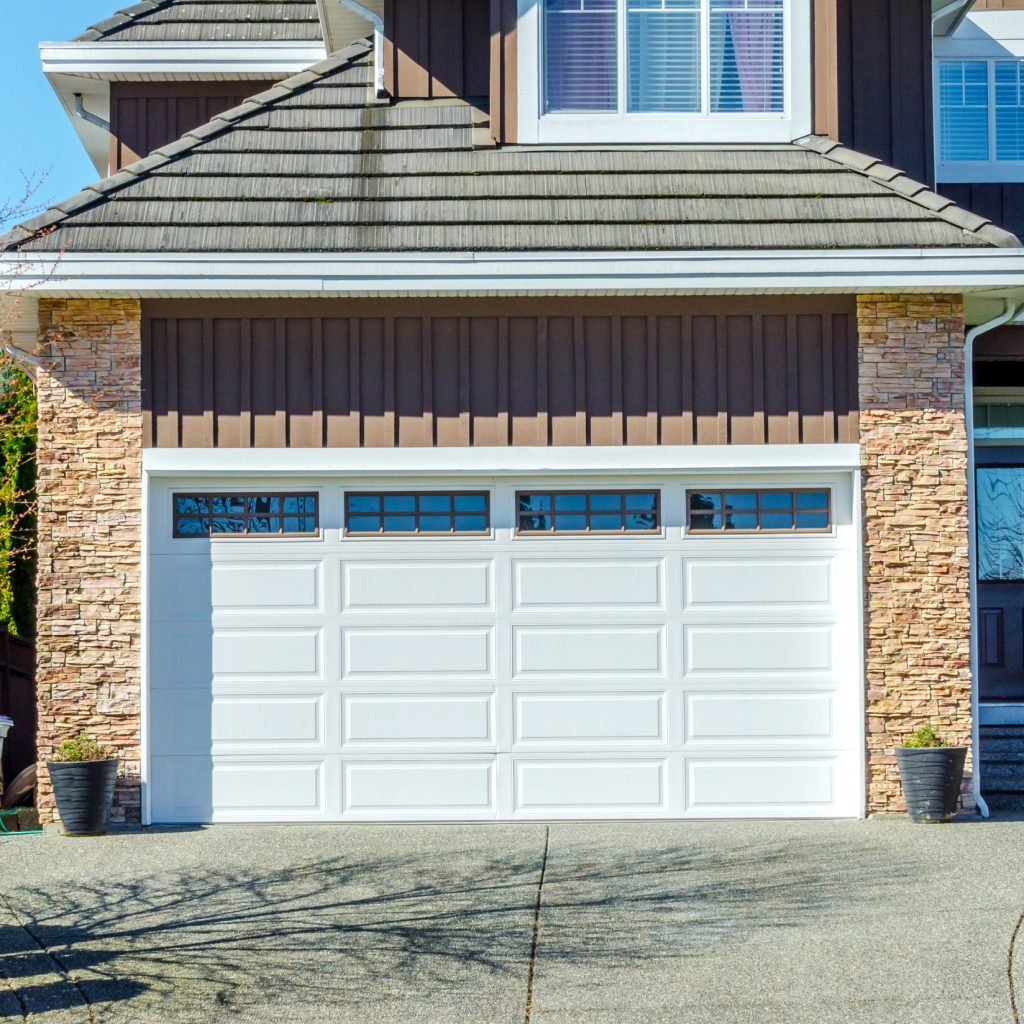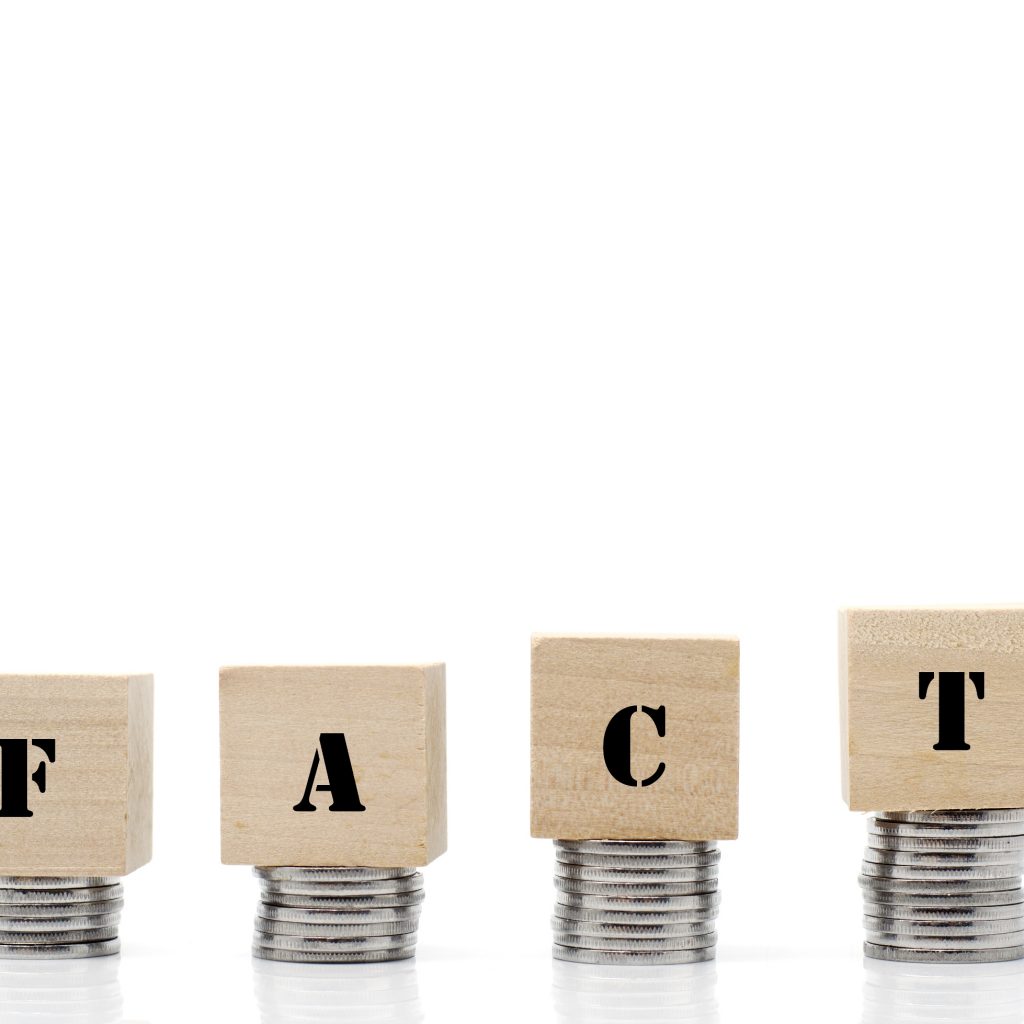
The Fallacy Of “Saving One Percent” On Your Home Refinance Mortgage
The “Saving One Percent” home refinance argument is a holdover from the 1950s when closing costs were big, loan sizes were small, and homeowners lived in homes until their death. Back then, when loan sizes were typically less than $60,000, a homeowner had to lower its mortgage rate at least one percent to save $1,000 annually.
At today’s loan sizes, the typical refinancing homeowner can save six times that amount. Even a modest mortgage rate reduction can result in substantial monthly savings. So long as costs are held low, even a quarter-percentage point reduction can be worthwhile.
Thus, the idea that you don’t need to save 1 percent to have a refinance makes sense. You only have to save money.
The Logic Leap In The “Recoup Your Closing Costs” Strategy
Another reason homeowners pass on a refinance is because they think they’ll never “recoup their costs”.
They rely on a vaguely-mathematical approach known as the “Break-Even Method” which, it turns out, is as flawed as the 1% Fallacy.
The main issue in using the Break-Even Method to evaluate a refinance is that the break-even formula makes three huge assumptions.
- That you’ll never want to refinance your home again
- That you’ll never need to refinance your home again
- That you’ll never sell your home or move from it
These assumptions carry heft.
Of course, you may want to refinance your home sometime in the future. There are a lot of reasons why you might.
Maybe mortgage rates have dropped again. Or, maybe you’d like to take cash-out for a home improvement project, or to diversify your assets.
Additionally, 15-year mortgage rates are extremely low — maybe you’ll want to reduce your long-term interest payments because 15-year mortgages pay 65% less mortgage interest over time.
Now, before you say “mortgage rates will never go lower”, remember that people have been saying that since 2009 and, every year, they’ve been wrong.
Heck, they were even saying it three weeks ago and they were wrong.
People are notoriously terrible at predicting the future of mortgage rates.
Mortgage rates can go lower. Wall Street is unpredictable. And, furthermore, your financial situation could change. That, too, is unpredictable.
It’s for these reasons that the Break-Even Method fails to work — you can’t possibly know for how long you’ll hold your refinanced loan, which means that you can’t really determine your break-even point.
So how can you tell whether it’s a good idea to refinance?
Click to see today’s rates (Aug 28th, 2017)
A “Safe” Refinance Option: The Zero-Closing Cost Refinance
There’s a better way to know whether it’s time to refinance — better than the One Percent Method and better than the Break-Even Method.
Can you save money and pay nothing to do it? Yes, you can.
Use a zero-closing cost mortgage.
Zero-closing cost mortgages are precisely what their name implies — they’re mortgages for which there are, literally, no closing costs. When there are no closing costs, there are no break-even points to consider, and no one-point savings to monitor.
When you can lower your mortgage rate and pay nothing to do it, that’s when you refinance.
The good news is that no-closing cost mortgages are readily available across all loan types including FHA loans, VA loans and conforming mortgages.
In general, for loan sizes of $250,000 or more, you can get a zero-closing cost mortgage by increasing your mortgage note rate 25 basis points (0.25%). For loan sizes over $400,000, the typical increase is 12.5 basis points (0.125%).
The extra bump to your mortgage rate creates more value to the lender. The lender then uses this extra value to pay your loan’s closing costs on your behalf. It’s a win-win situation, and you’ve paid nothing to get your refinance completed.
Zero-closing cost mortgages are available in all 50 states.


